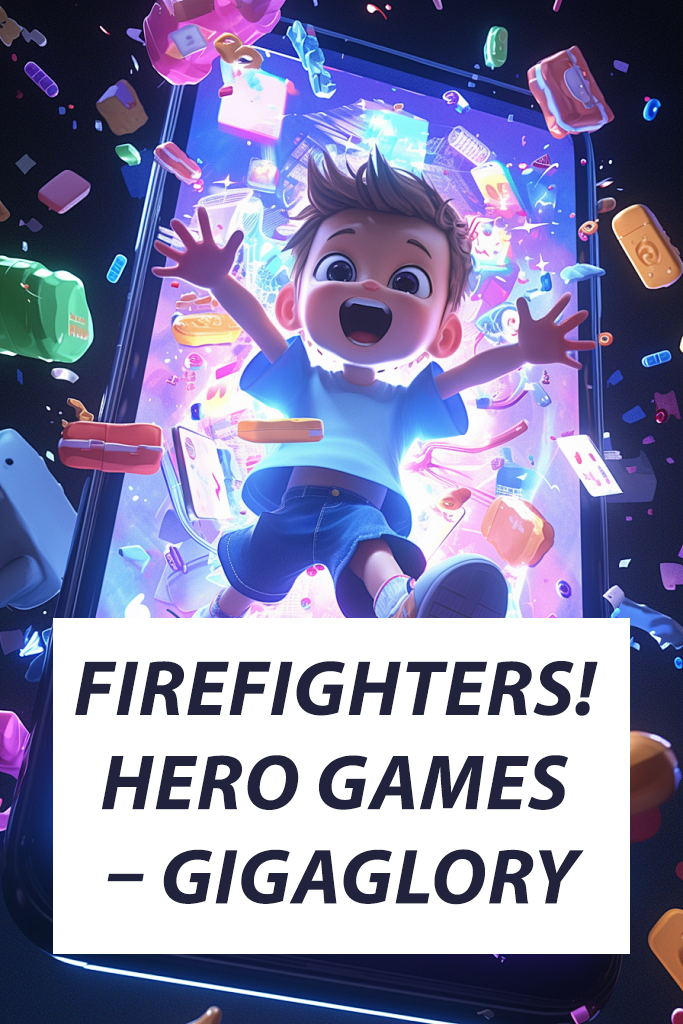Real-Time Strategy Games: The Evolution of Simulation Games in Modern Gaming
In the enchanting world of simulation games, a new dawn emerges as players embark on quests that not only challenge their intellect but also ignite their imagination. Among these, real-time strategy games stand tall, weaving tales and complexities that capture the essence of strategy and swift decision-making. But what lies beneath the surface of these digital playgrounds? Is it merely a game, or does it hold deeper stories waiting to be expressed?
A Glimpse into the Past: The Origins of Simulation Games
Before we delve into the present, let’s take a moment to reflect on where it all began. The concept of simulation can be traced back to the early days of computer gaming, when simplistic graphics accompanied by rudimentary mechanics paved the way for an explosion of creativity. Games like SimCity opened a window to crafting worlds, leading to the evolution of complex narratives in gaming. These adventures transformed from basic puzzles into immersive experiences.
The Rise of Real-Time Strategy Games
The gaming community witnessed a significant evolution with the advent of real-time strategy games in the late 20th century. With titles like Age of Empires and StarCraft, players began to appreciate the blend of strategic planning and swift execution.
- **Age of Empires**: A historical simulation that embodies the essence of civilization building.
- **StarCraft**: A science fiction epic that redefined competitive multiplayer.
- **Warcraft III**: Integrating matching story elements with real-time decision-making.
As the genre evolved, players found themselves navigating rich narratives, akin to reading an epic novel interspersed with fierce battles.
The Artistry of Strategy: Storytelling through Gameplay
How does one measure the impact of a story in a game? Perhaps through the engagement it fosters among players. In simulation games, particularly real-time strategies, narrative has become a canvas for creativity. Players immerse themselves not just in the mechanics but in the characters, stories, and missions that unfold before them. Stories birthed in the heat of battle, where every choice echoes with consequences.
| Game Title | Key Features | Narrative Depth |
|---|---|---|
| **StarCraft** | Faction-based strategies | Rich lore and character arcs |
| **Warcraft III** | Hero units and custom maps | Engaging cinematic storylines |
| **Civilization VI** | Turn-based, yet strategic depth | Complex interactions among civilizations |
Matching Stories: A New Dimension
In the realm of gaming, mechanisms intertwine with the heart of storytelling, particularly in the <matching story - puzzle games> genre. These games, while often simplistic in appearance, challenge players to form connections, both in gameplay and narrative. It's as if they’re painting a picture, one that requires both skill and problem-solving to complete.
This unique combination has led to a surge in popularity, with titles like Bejeweled and Candy Crush Saga captivating audiences worldwide. In each match, players uncover snippets of stories, making the journey enjoyable and memorable.
Innovation in Mechanics: Free vs. Paid Experiences
As technology advances, players are faced with questions regarding accessibility. One such inquiry is is delta force free? The battle between free and paid experiences has evolved, impacting how developers craft their games. Players seek immersive experiences, yet often grapple with budgets— a scenario mirrored in countless households.
The allure of free gaming does not diminish the fascination with paid titles, but rather paints a complex picture. Developers must find a balance, one that caters to both audiences while remaining true to the creative spirit of gaming.
The Future of Simulation Games: Infinite Possibilities
The horizon glimmers with potential as we ponder the future of simulation games. Current trends suggest a greater emphasis on community engagement, storytelling, and evolving mechanics. Games are no longer just escapes; they are platforms for creativity, collaboration, and connection.
The landscape will continue to shift. With the advent of virtual reality, players may even navigate worlds in ways we can only imagine. This technology dives deeper, pulling enthusiasts into simulations that feel all too real.
Conclusion: Embracing the Journey
As we embark on this journey through the evolving landscape of real-time strategy and simulation games, one thing becomes abundantly clear—these experiences are more than mere pastimes. They are pathways to human connection, creativity, and exploration. With each click of the mouse and every strategic decision, players not only build worlds but also create stories that echo long after the game is paused.
In celebrating the evolution of simulation games, we embrace the multitude of narratives they present, each waiting to be discovered, explored, and cherished. All this reminds us that in the realm of digital entertainment, every pixel holds a story waiting for its moment to shine.



